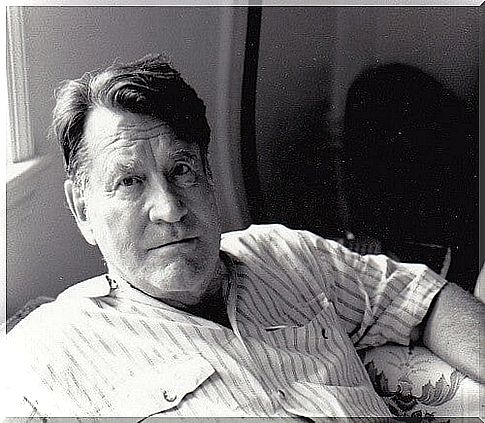Jay Haley’s Strategic Therapy

Jay Haley’s strategic therapy differs from others in that the therapist has much more initiative and is concerned with identifying a number of key aspects. Its task ranges from recognizing solvable problems to planning interventions, setting goals, offering feedback and evaluating.
With his therapy, Jay Haley intended to go beyond the moment and not focus solely on symptoms, mental states and moods. The real intentions were to work on social situations and not focus on individual work.
Jay Haley’s Strategic Therapy Postulates
Jay Haley’s intentions were to demonstrate that the problem of the patient who goes to the psychotherapist does not reside only in him, but has roots in the context in which his life develops as a social being.
The intervention unit therefore does not focus exclusively on the patient, but takes into consideration the small and extended family nucleus, and / or the social group. In its perspective it also includes professionals who, for one reason or another, find themselves in contact with the patient and his problem.
Within the family, Haley studied the established hierarchies, rules and roles of power that govern it. There are rules and primary roles with respect to others and analyzing them allows us to better understand the patient’s life.
Sometimes the resentment, inappropriate behavior or reason for the visit is given by confusions and imbalances within the hierarchy that disrupt the individual’s ability to adapt to the family life cycle. If, for example, within a family the daughter deals with mediating conflicts between the parents, a great imbalance emerges which is completely unsuitable for the adaptive role that corresponds to a daughter.

The history of the strategic-communication model
Anthropologist Gregory Bateson was the first great theorist of systems psychology, whose focus was human relations. With this in mind, he applied some theoretical paradigms such as the General System Theory and cybernetics.
Thanks to the work of Bateson, the Mental Research Institute (MRI) was founded in Palo Alto (California). From here passed important theorists who dedicated themselves to systemic psychology : John Weakland, Don D. Jackson, Virginia Satir, Jay Haley and Paul Watzlawick.
Initially, the work of authors such as John Weakland and Jay Haley was greatly influenced by the ideas of Erickson, a North American psychiatrist who enjoyed enormous success in the mid-twentieth century. The history of family therapy was first known as Strategic Therapy and associated with the model developed by Haley; since it was very similar to the postulates of the Mental Research Institute, the two models are represented together.
Jay Haley’s vision of the person
Systemics like Jay Haley frame people’s conduct within an interactional context, which becomes much more relevant (with greater explanatory power) than any other personality variable.
The theory of the general system and the theory of human communication are the starting models for understanding and analyzing the functioning of human groups and how interaction is primarily communicative.
On the one hand, a system is made up of a series of elements and rules that determine its relationships. On the other hand, the relations can be observed in a circular way, according to the so-called interactive model, whereby A produces B and B maintains A.
The complementarity between MRI and Haley’s strategic therapy
The difference between the systemic model compared to other theoretical currents lies in the conception of maladaptive behaviors as the product of an interaction and not only as the result of personality variables.
From the Mental Research Institute it is clear that problems appear when the individual somatizes repeated maladaptive interactive sequences. Strategic therapy establishes that problems arise due to a particular distribution of power within the family system.

Another difference between strategic therapy and MRI is that, according to the latter, failed attempts to find a solution only fuel the problem. The problems are therefore considered in part the result of attempted and unsuccessful solutions.
According to Jay Haley’s strategic therapy, on the contrary, the symptoms perform a function, albeit not an adaptive one. They can therefore be understood as a dysfunctional way of communicating something.
Ultimately, it is about considering that we live in a social context and that this context affects us and vice versa. Formulating psychological therapy excluding the social context is like trying to study an animal without knowing its habitat.









